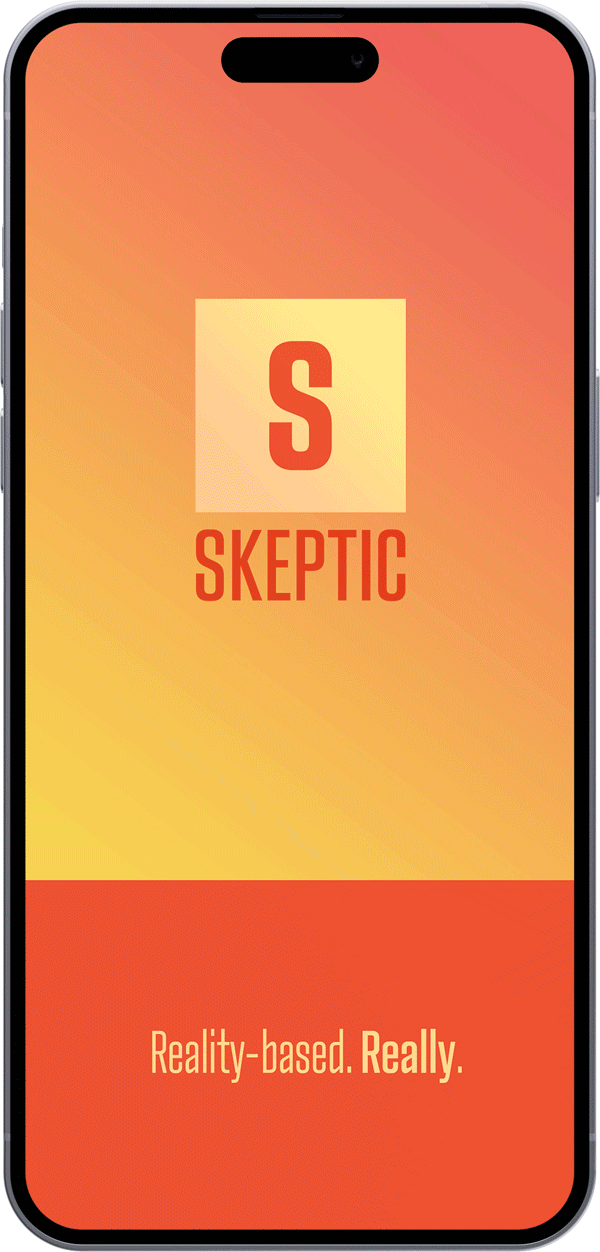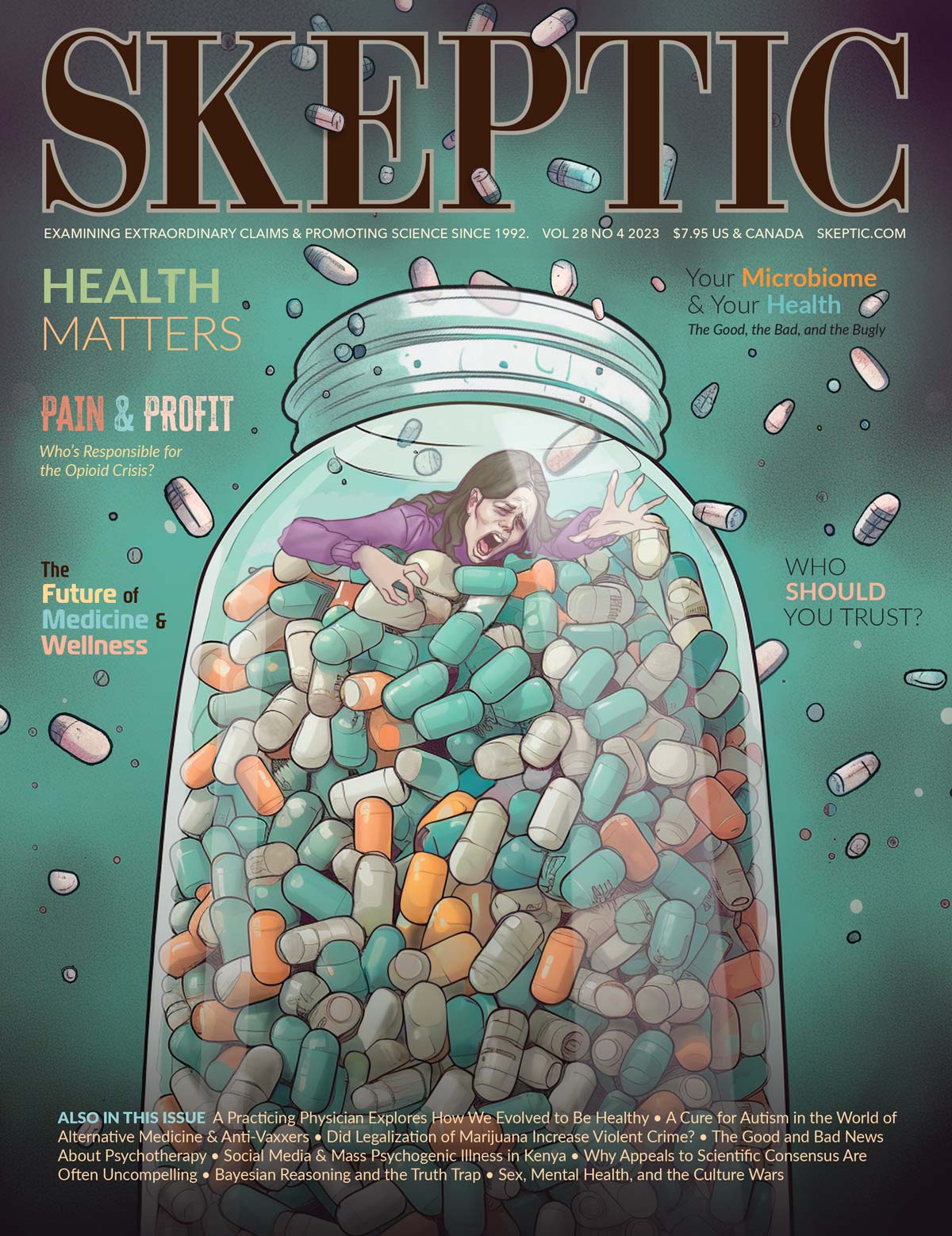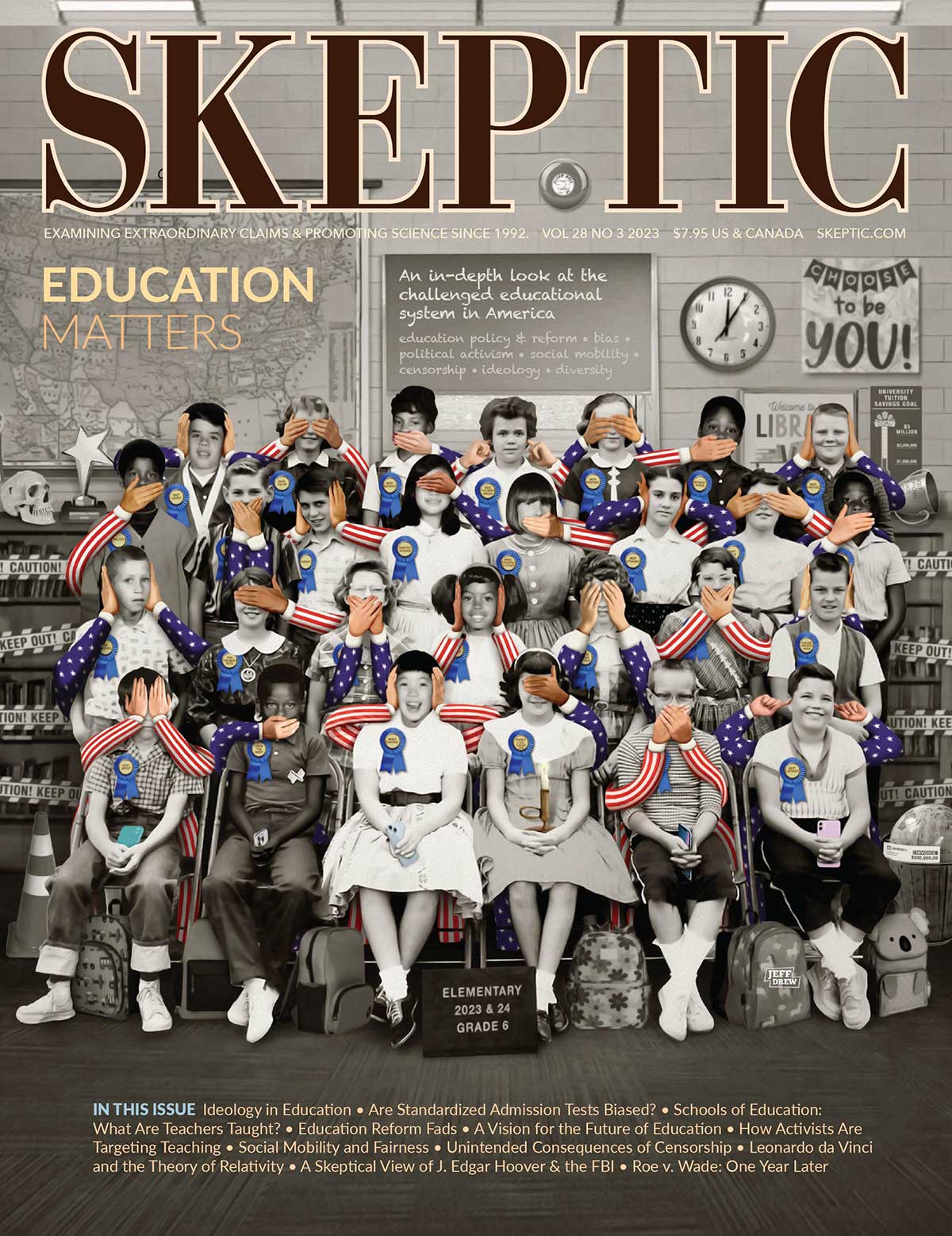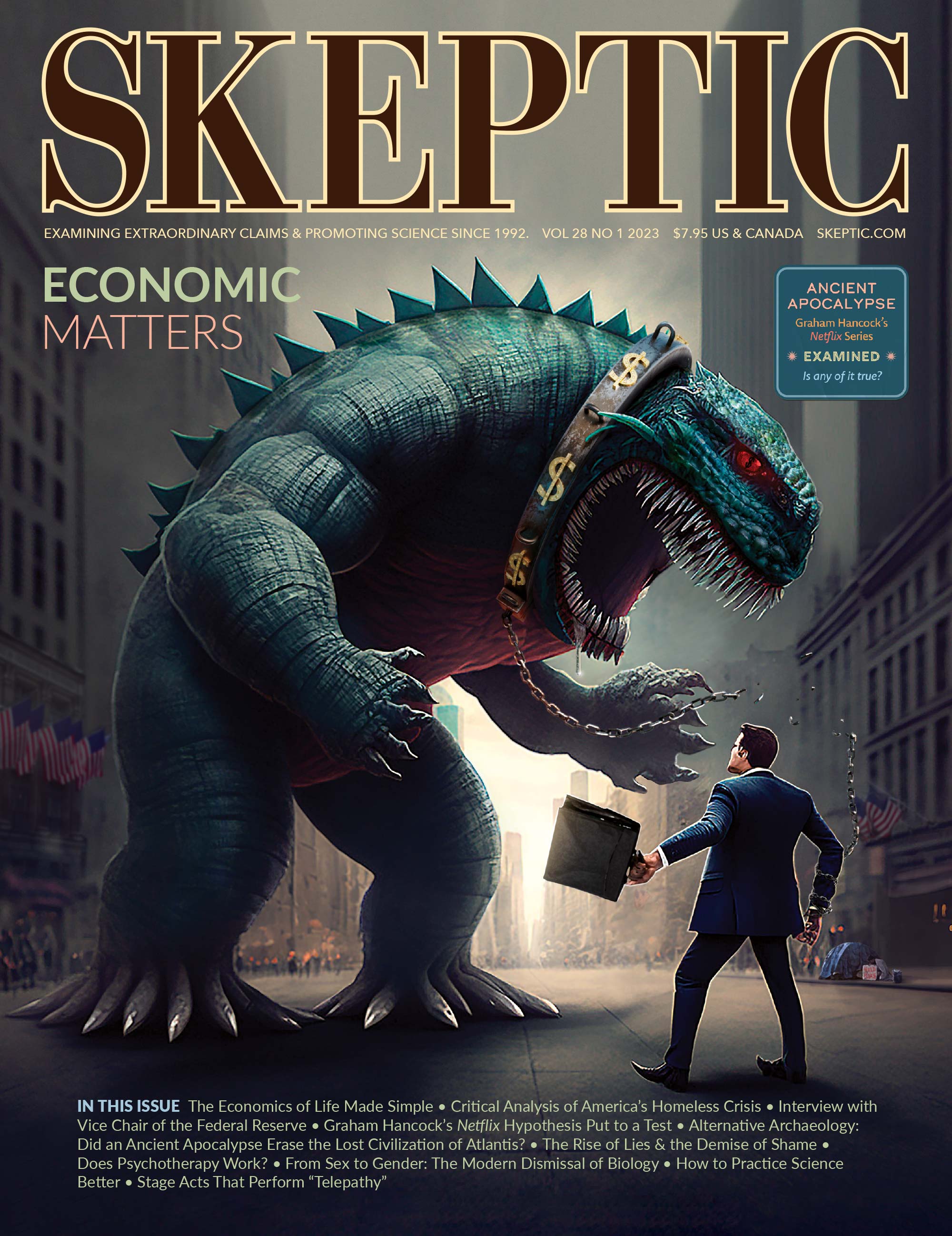This course was taught at California State University, Los Angeles during the spring 2013 semester.
Excerpt from Syllabus
The course will emphasize principles of skeptical inquiry, scientific reasoning, and scientific evidence to prepare students to critically analyze promotional claims made in the health marketplace for products, services, and practices. The course is designed to help students distinguish health-related fact from fiction and to spot health-related schemes, scams, superstitions, sensationalism, fads, fallacies, frauds, bunk, and bunco. Students will engage in critical thinking as they discuss how consumers can get good value for their health-related financial expenditures.
Learning Outcomes
Students should be able to:
- Explain why consumer vigilance is important in the health marketplace and summarize the various problems consumers face in the health marketplace.
- Describe the scope of deception in the health marketplace, its significance as a population health problem, why people are vulnerable to it, and how consumers can avoid it.
- Describe relevant consumer protection laws and agencies and their limitations and how consumers can utilize consumer protection resources.
- Apply strategies for consumers to distinguish fact from fiction regarding health products, services, and practices.
- Identify trustworthy and untrustworthy sources of consumer health information.
- Describe the strengths and limitations of government regulation and industry self-regulation of advertising for health products and services.
- Explain considerations for consumer decision-making regarding selection, utilization, and avoidance of health-related products, services, and practitioners.
- Distinguish responsible from irresponsible practices, products, and services related to mental health, dental health, major chronic diseases, nutrition, weight control, physical fitness, skin care, aging, care of the dying, care of the bereaved, personal image enhancement, and human sexuality.
- Analyze the “complementary and alternative medicine” movement in terms of its common themes, scientific examination of its theories, its impact on the health marketplace, and its impact on the health of the public.
- Identify priorities and pitfalls for economical medical self-care and caring for one’s family.
DOWNLOAD THIS RESOURCE
(188 kb PDF)
Resource type: syllabi
Academic discipline: freshman foundation and general education
Academic level: college and university








